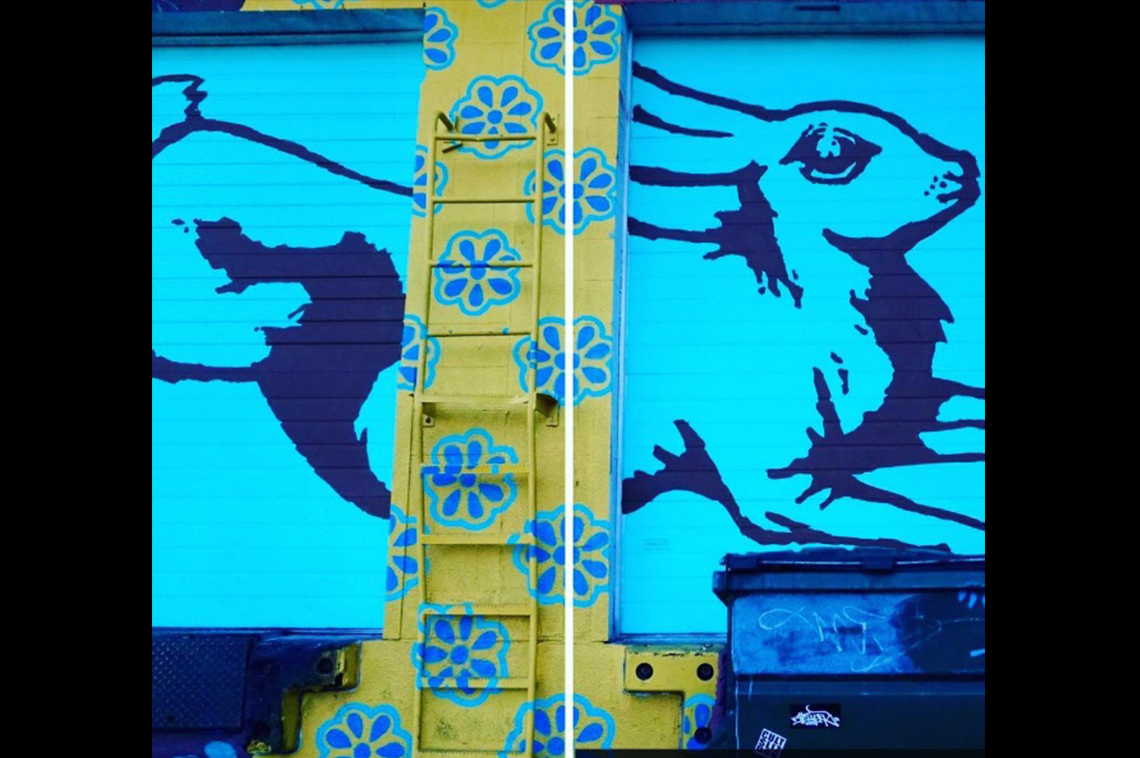
After the wettest, coldest winter many Seattleites can remember, this weekend finally brought a 60-degree day. The peas vines are climbing, the radish seedlings have broken ground, and the wool socks are being left in the dresser drawer. Yet this season will not be bringing any relief from our city’s affordability crisis.
The cranes keep popping up in Seattle’s Capitol Hill neighborhood, but it’s been more than four years since one went up that was going to contribute any significant number of affordable places to live. Capitol Hill, long a center of arts and culture, a landing place for newcomers to the city, and a safe and welcoming home for Seattle’s LGBTQ community is becoming less affordable by the day. The average rent is now over $1,700 a month, roughly $600 more than in 2011.
There have been some temporary wins, such as the 30,000 square foot V2 arts space, as well as longer term victories such as the theaters in the award-winning 12th Avenue Arts building, and the renovation of the longtime music venue Neumo’s.
Increasingly however, it’s become clear to me that local control and ownership is the only long term solution. I’ve even developed a fancy name for the strategy: Buy Everything.
While the Seattle real estate market will eventually soften, the long-term trend of central city neighborhoods being among the most desirable places to live, work and play. Unless they have a mission-based landlord, those who rent are simply on the wrong side of the equation.
Ownership can be a difficult proposition for cash-strapped arts organizations, but there are certainly models for how it can be done. For years, Hugo House, one of the largest literary arts centers in the west, precariously benefitted from nearly-free space. Now they are partnering with their landlord and a for-profit developer on a new home. When they complete their capital campaign, they will own their commercial condominium on the ground floor of the new six-story building.
For decades, the Union Art Coop has provided ownership for artists in the heart of the neighborhood, and the new Capitol Hill Urban Cohousing building has provided nine new homes. Neither of these are attainable for low and even many middle-income people, but co-op and community land trust models continue to show promise. Equinox Studios in the industrial neighborhood of Georgetown has been buying up warehouses, and without any public subsidy to create more space for artists. Using a unique social purpose corporation structure, every artist with a studio is actually buying into an ownership model. Artists have voting rights, and can cash out if they ever move out of the building.
To date, the most successful investments have often been in permanently affordable apartments, like 12th Avenue Arts, which is owned by Capitol Hill Housing, a local Community Development Corporation. For artists to continue to live in Seattle, or any high cost city, we need a massive investment in models that can sow the seeds for long term ownership. As cities consider development incentives to create more affordable spaces for artists, we should all be pushing to ensure they include paths to ownership for artists and others who don’t have a million dollars to spend on shelter.
Home of the slow-moving “Seattle process,” our city has the longest spring of any city in the nation. When summer does arrive, let’s make sure people of all incomes can still be around to enjoy it.





